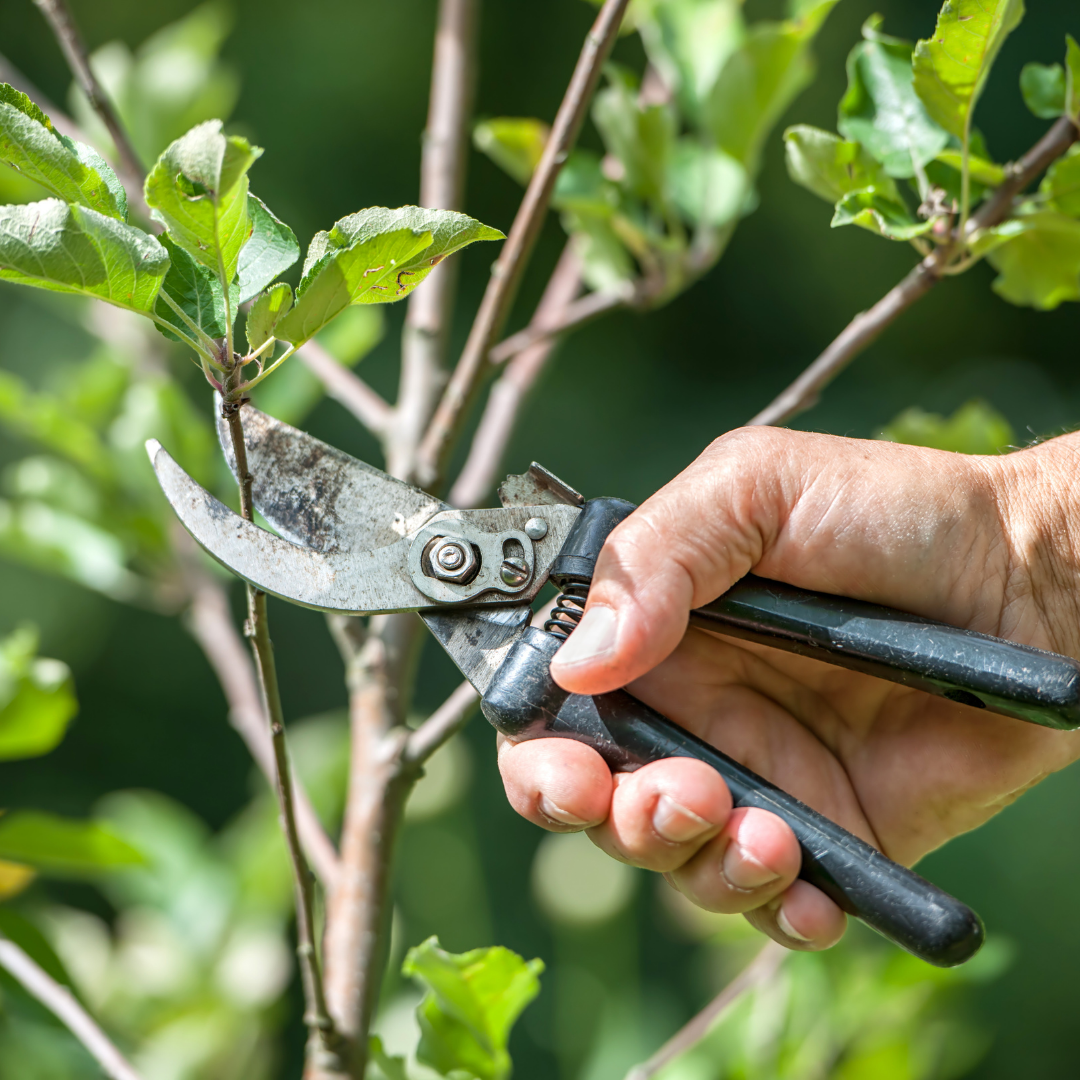Take Care of Your Gardening Tools
go.ncsu.edu/readext?831995
en Español / em Português
El inglés es el idioma de control de esta página. En la medida en que haya algún conflicto entre la traducción al inglés y la traducción, el inglés prevalece.
Al hacer clic en el enlace de traducción se activa un servicio de traducción gratuito para convertir la página al español. Al igual que con cualquier traducción por Internet, la conversión no es sensible al contexto y puede que no traduzca el texto en su significado original. NC State Extension no garantiza la exactitud del texto traducido. Por favor, tenga en cuenta que algunas aplicaciones y/o servicios pueden no funcionar como se espera cuando se traducen.
Português
Inglês é o idioma de controle desta página. Na medida que haja algum conflito entre o texto original em Inglês e a tradução, o Inglês prevalece.
Ao clicar no link de tradução, um serviço gratuito de tradução será ativado para converter a página para o Português. Como em qualquer tradução pela internet, a conversão não é sensivel ao contexto e pode não ocorrer a tradução para o significado orginal. O serviço de Extensão da Carolina do Norte (NC State Extension) não garante a exatidão do texto traduzido. Por favor, observe que algumas funções ou serviços podem não funcionar como esperado após a tradução.
English
English is the controlling language of this page. To the extent there is any conflict between the English text and the translation, English controls.
Clicking on the translation link activates a free translation service to convert the page to Spanish. As with any Internet translation, the conversion is not context-sensitive and may not translate the text to its original meaning. NC State Extension does not guarantee the accuracy of the translated text. Please note that some applications and/or services may not function as expected when translated.
Collapse ▲ Fall is a good time to clean, sharpen, and maintain your gardening tools. A sharp tool makes a cleaner cut where you are pruning or cutting grass and well maintained tools will last for years. Use a brush or cloth to remove loose soil. An old toothbrush works great for smaller hand tools. Use steel wool moistened with a small amount of lubricant to remove any sticky plant sap that may be on the tool. You can use sand paper or steel wool to remove rust. If needed, wash the tool in soapy water and dry well. Once you have the tools clean and dry, you can use a non-petroleum based oil such as linseed, mineral, or Felco® spray lubricant to protect your tools. Linseed oil is also good for the wooden handles on your tools. Give the wooden handle a light sanding and then coat with the linseed oil, letting it soak into the wood for 10-15 minutes, then remove any excess with a shop type towel or cloth. Hang or store your tools where they will be protected and dry.
Fall is a good time to clean, sharpen, and maintain your gardening tools. A sharp tool makes a cleaner cut where you are pruning or cutting grass and well maintained tools will last for years. Use a brush or cloth to remove loose soil. An old toothbrush works great for smaller hand tools. Use steel wool moistened with a small amount of lubricant to remove any sticky plant sap that may be on the tool. You can use sand paper or steel wool to remove rust. If needed, wash the tool in soapy water and dry well. Once you have the tools clean and dry, you can use a non-petroleum based oil such as linseed, mineral, or Felco® spray lubricant to protect your tools. Linseed oil is also good for the wooden handles on your tools. Give the wooden handle a light sanding and then coat with the linseed oil, letting it soak into the wood for 10-15 minutes, then remove any excess with a shop type towel or cloth. Hang or store your tools where they will be protected and dry.
Same thing with your lawn mower blades. Once you have finished mowing your grass and maybe chopping up leaves, sharpen the blades so you will be ready to go next spring. I switched to an electric lawn mower two seasons ago and love it. It is much quieter when I mow and I don’t have to worry about winterizing any engine fluids for the winter. If you do have a gas mower, you may want to change the oil, clean the air filter, and run the engine until the gas tank is empty.




